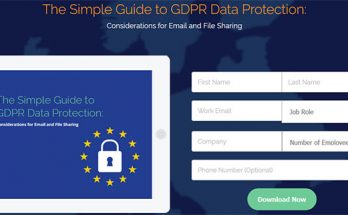
Exploring Cybersecurity in the HR management context Is Cybersecurity really able to protect ourselves from modern threats and attacks?
We all know how every industry has moved online in the last decade and let it be a complex HR management cell or a mediocre grocery store, there is an …
Exploring Cybersecurity in the HR management context Is Cybersecurity really able to protect ourselves from modern threats and attacks? Read More







